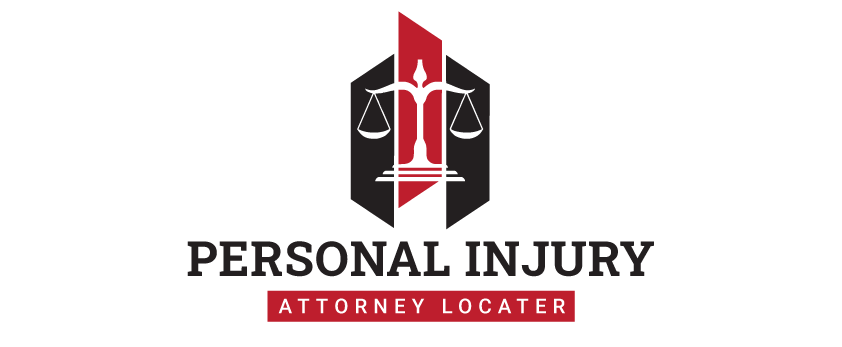How a Personal Injury Attorney Gathers Evidence
0
A personal injury attorney represents those who have sustained severe injuries due to accidents. They can assist you in recovering compensation for your medical bills, lost wages and pain and suffering.
When you hire a personal injury attorney, they are responsible for collecting evidence, negotiating with the other party’s insurer and taking your case to trial if needed. It is essential that you select an attorney with a proven record of successful settlements and trials.
Gathering Evidence
Gathering evidence is a fundamental element of any personal injury case. Doing it correctly could mean the difference between receiving compensation for your losses and not.
When you have been injured in an accident, it is essential that you hire a Personal Injury Attorney who has the skill set to collect all necessary evidence for your claim.
Documents such as medical reports, receipts for expenses and other evidence can help your lawyer prove that another’s negligence or carelessness caused you harm and that you are entitled to compensation for those losses.
Gathering Witnesses
As a Personal Injury Attorney, you will need witnesses to testify at trial or provide statements to help get settlements with insurance companies. These witnesses could include family members, friends, strangers or experts in particular areas; their testimony can make a significant difference in the outcome of your case.
Witness statements help preserve the facts as accurately as possible, since memories often fade over time after an accident. They also make it simpler to determine liability – should that be a factor in your case – when there is one involved.
Gathering Documents
A personal injury case requires a wealth of evidence. To help your attorney build the strongest possible case for you, gather as many documents from the accident scene as possible.
If you were involved in a car accident, it’s essential to take photos of both parties’ vehicles and the scene. Additionally, make sure you record information about any witnesses who were present during the incident.
Your personal injury attorney will need copies of all relevant medical records. These should include everything from your initial diagnosis to recovery plans and prognoses. Furthermore, these are an invaluable way to record any pain or suffering you’ve endured.
Performing a Liability Analysis
A liability analysis is an in-depth examination of the legal issues in your case. It’s crucial for your attorney to identify who should bear responsibility for any injuries sustained as part of this step, since they can then identify who owes what to whom.
Liabilities analysis involves extensive research into statutes, case law and legal precedents. This is especially pertinent in personal injury cases where the facts can vary significantly from one case to the next.
An in-depth liabilities analysis will also enable your lawyer to ascertain what types of damages you are eligible for in a settlement or verdict. This includes physical injuries and psychological traumas, as well as non-physical losses such as medical bills, lost wages, and property damage.
Filing a Claim
Personal injury cases can take a considerable amount of time to resolve, depending on the severity of your injuries and other factors. Having an experienced New York personal injury attorney on your side can make all the difference in expediting compensation for you quickly and efficiently.
Once an accident occurs, you should file a claim as soon as possible and within the prescribed statute of limitations.
Taking Your Case to Trial
Though most personal injury cases never go to trial, there may be times when it is the best course of action for your case. A qualified attorney can prepare your case for trial and ensure you receive a fair settlement regardless of the outcome.
A personal injury trial typically lasts several days or weeks. Before the hearing commences, attorneys from both sides conduct a jury selection process known as voir dire.

